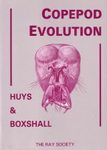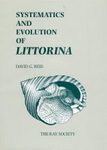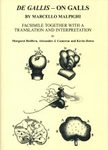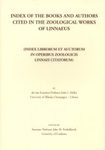Identification Key Monograph
By: Geoffrey Allan Boxshall(Author), Sheila H Halsey(Author)
966 pages, 289 b/w line drawings
![An Introduction to Copepod Diversity (2-Volume Set) An Introduction to Copepod Diversity (2-Volume Set)]()
Click to have a closer look
About this book
Customer reviews
Biography
Related titles
About this book
Copepods are small but extremely abundant crustaceans which occur in every type of aquatic habitat. They are amazingly diverse in body form, reflecting their diversity in mode of life and the rapid expansion of taxonomic knowledge concerning copepods has made it difficult for students and non-specialists to access the voluminous, but scattered primary literature. After two and a half centuries of traditional taxonomic endeavour, the most urgent need is for a synthesis, summarising the current state of the art.
An Introduction to Copepod Diversity is designed to provide such an overview of the entire group – from marine plankton to subterranean forms, and from parasites to minute inhabitants of the interstitial spaces between sediment particles. Published in two parts, it provides a family by family account of all copepods, supported by 289 pages of line drawings, adapted from the best available sources and redrawn to a standard format. It will serve as a. platform for the Twenty-first Century taxonomy which must integrate novel sources of information from bar-codes to genomes. Although it is not a phylogenetic work, it will also provide a framework for the assimilation of biodiversity information on copepods into global informatics systems, so that we can better interpret and use available species-level data. Above all, this book is designed to facilitate the identification of copepods, whether you wish to identify an endoparasite from a sea squirt, a member of a deep-sea hydrothermal vent community, or just a common planktonic copepod from your local lake or estuary. An Introduction to Copepod Diversity will enable you to identify to genus-level in the overwhelming majority of cases, and provide you with an entry point into the biological literature.
The Ray Society has a distinguished history of publishing major works on copepods; This is the twelfth and it aims to build on the unique legacy provided by William Baird, George Stewardson Brady & Andrew Scott (two Volumes), Robert Gurney (three volumes), Zbigniew Kabata and Rony Huys and Goeff Boxshall.
Customer Reviews
Biography
Geoff Boxshall has worked on copepods at The Natural History Museum in London since 1974. His main research interests are the functional morphology and evolutionary history of copepods and other crustaceans, and he has published extensively on these subjects. He is currently past President of the World Association of Copepodologists and has actively promoted the study of copepods through the Association and via specialist training courses. The research work of Professor Boxshall has been recognised nationally and internationally by the awarding of the Scientific Medal of the Zoological Society of London in 1986, by his election to the Royal Society in 1994 and by the presentation of Excellence in Research award by The Crustacean Society in 1998.
Sheila Halsey began working as a curator at The Natural History Museum in 1971. As a member of the Entomology Department, she compiled a catalogue of the Aleyrodidae and then assisted in the production of several volumes of The Generic Names of Moths of the World. In 1982, she transferred to the Crustacea Section of the Zoology Department where she was introduced to the copepod literature by Geoff Boxshall. Having joined the newly formed Marine Invertebrates Curation Group in. 1992, she is currently involved in setting up an inputting system to database the zoological collection.
Identification Key Monograph
By: Geoffrey Allan Boxshall(Author), Sheila H Halsey(Author)
966 pages, 289 b/w line drawings

















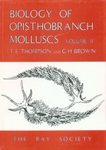
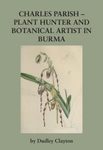
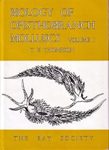
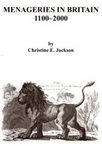
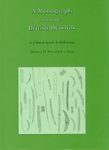
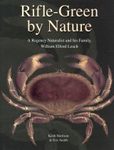
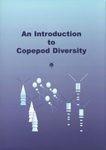






![The Encyclopedia of the Swedish Flora and Fauna, Kräftdjur: Krill – Tiofotade Kräftdjur [Swedish]](http://mediacdn.nhbs.com/jackets/jackets_resizer_medium/26/268174.jpg?height=150&width=118)



![Les Crustacés Décapodes des Petites Antilles: Avec de Nouvelles Observations pour Saint-Martin, la Guadeloupe et la Martinique [The Crustacean Decapods of the Lesser Antilles: With New Observations for Saint-Martin, Guadeloupe and Martinique]](http://mediacdn.nhbs.com/jackets/jackets_resizer_medium/24/245203.jpg?height=150&width=106)





